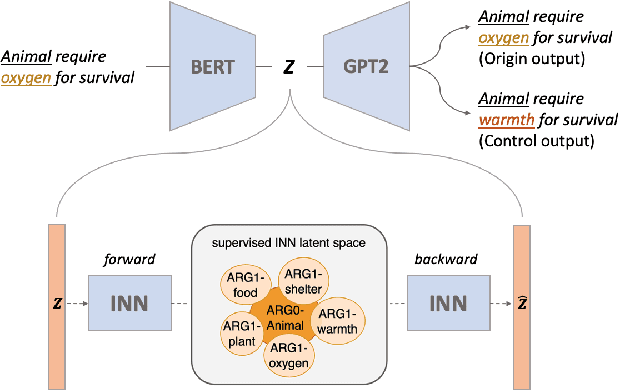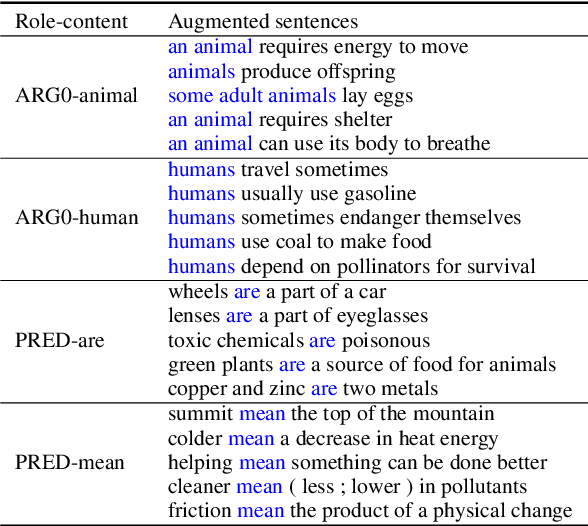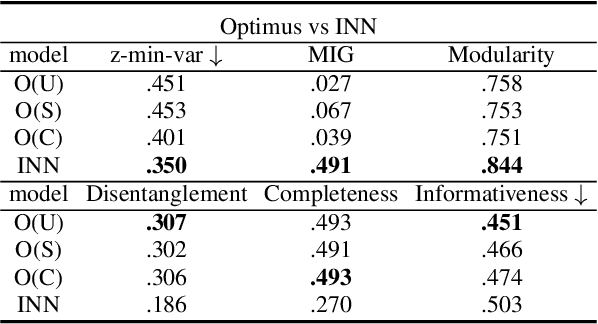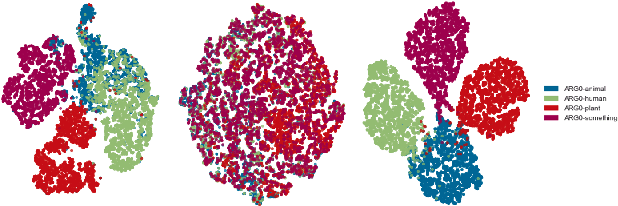Learning Disentangled Semantic Spaces of Explanations via Invertible Neural Networks
Paper and Code
May 02, 2023



Disentangling sentence representations over continuous spaces can be a critical process in improving interpretability and semantic control by localising explicit generative factors. Such process confers to neural-based language models some of the advantages that are characteristic of symbolic models, while keeping their flexibility. This work presents a methodology for disentangling the hidden space of a BERT-GPT2 autoencoder by transforming it into a more separable semantic space with the support of a flow-based invertible neural network (INN). Experimental results indicate that the INN can transform the distributed hidden space into a better semantically disentangled latent space, resulting in better interpretability and controllability, when compared to recent state-of-the-art models.
 Add to Chrome
Add to Chrome Add to Firefox
Add to Firefox Add to Edge
Add to Edge